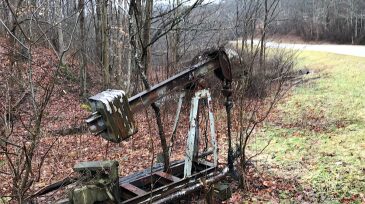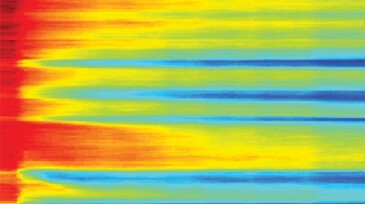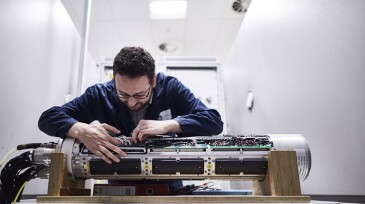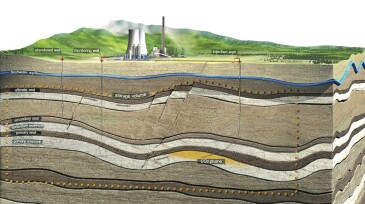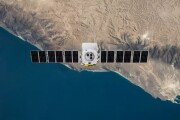DSDE: In Theory
-
Can a camera on the drill floor, or one on a mobile phone, measure what is going on during drilling or evaluate drill-bit wear more consistently than a human?
-
The scale of the recent Colonial Pipeline ransomware attack demonstrates why cyber risk should be assessed as a business risk by organizations’ C-suite, going beyond the narrower view of IT/OT network risk.
-
Airborne drones with magnetometers have worked well in trials and are ready for more widespread use, potentially revealing thousands of previously unknown wells.
-
To develop improved predictive models of complex real-world problems, one needs to pursue a balanced perspective. Ultimately, the physics we know needs to rely on data to unmask the physics that we do not yet know.
-
Fluid identification, a critical process in fluid sampling, continues to be a challenge in temperatures above 350°F. At temperatures up to 450°F, fluid identification is currently achieved by bubblepoint and compressibility measurements, which cannot quantitatively measure contamination levels of the sample fluid. A possible solution involves using pyroelectric detect…
-
This paper discusses how digital technologies are being applied in other verticals and how they can be leveraged to optimize lifecycle performance, drive down costs, and decouple market volatility from profitability for offshore oil and gas facilities.
-
The paper discusses a methodology for integrating intelligent completion and production systems with a modeling and analytics framework for efficient development of fiber-optic-based data-interpretation services for complex downhole environments.
-
The Magnus oil field in the North Sea catalyzed a major leap for subsea control systems. The original development of the multiplexed electrohydraulic control system has developed into a multimillion-dollar subsea controls industry.
-
GeoMark’s RFDbase contains raw data from every major petroleum basin in the world that can be used in training models to link subsurface characteristics to wellhead performance.
-
Petrolern has received a $1.15-million grant from the US Department of Energy to develop and commercialize its technology that models in-situ stresses by using available data.
Trending Now on DSDE
Get JPT articles in your LinkedIn feed and stay current with oil and gas news and technology.



